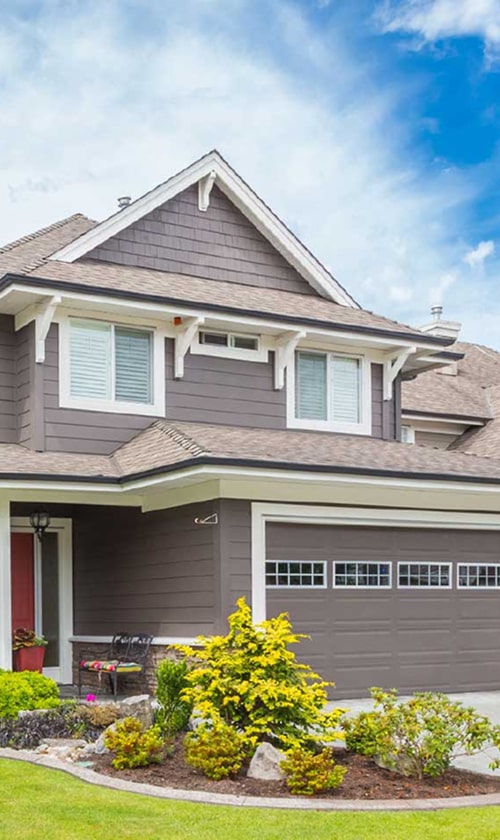Identifying Damaged Ductwork

Damaged ductwork can lead to various issues, such as higher energy bills and poor air quality. By recognizing the signs, we can address problems early and maintain an efficient HVAC system.
Visual Signs of Wear and Tear
We should start with a visual inspection of the ductwork. Look for visible damage such as tears, gaps, or cracks in the ducts. These can often be spotted along seams or joints where the material is more stressed. Another sign to watch for is sagging ducts. This may indicate loose connections or support brackets that have failed.
Dust buildup around the vents can also signal leaks. If we notice dust, dirt, or debris accumulating on outside surfaces, it’s time to investigate. Paying close attention to these signs helps us catch damage before it becomes a major issue.
Detecting Unusual Noises and Odors
Strange noises are another indicator of damaged ductwork. When ducts are faulty, they may produce rattling or whistling sounds. These noises often occur when it’s windy or the HVAC system is running, pointing to loose or disconnected sections.
Musty odors are another red flag. If we detect unusual smells coming from the vents, it could be caused by moisture in the ductwork. This could promote mold growth, leading to health concerns. A professional inspection should follow any discovery of odd odors or noises to prevent further damage.
Impact on Comfort and Air Quality
Damage to ductwork can cause uneven temperature distribution and affect indoor air quality. This can lead to discomfort and potential health issues for those in the home.
Uneven Heating and Cooling Performance
When ductwork is damaged, it often results in uneven temperatures throughout the home. Some rooms may become too hot while others are too cold. This inconsistency can make it difficult to find a comfortable setting. Leaks or blockages in the ducts lead to energy loss, as the system must work harder to maintain the desired temperature.
Our utility bills may rise as the HVAC system is less efficient. Regular maintenance can help detect these issues early. Replacing or repairing damaged sections of ductwork can restore comfort and performance.
Indoor Air Quality Concerns
Poor ductwork can contribute to poor indoor air quality. Damaged ducts might allow dust, allergens, and even mold spores to circulate in the air. This can be a concern for people with allergies or respiratory conditions. Mold growth in ducts, if left unchecked, might also spread through the home.
Maintaining a healthy indoor environment requires sealing leaks and cleaning the duct system. Regular inspections can help ensure ducts remain in good condition, minimizing health risks. We should prioritize addressing these issues to keep our home’s air clean and safe.
Effects on Energy Consumption

Ductwork damage can lead to increased energy consumption. Faulty ducts affect our heating and cooling systems, resulting in higher bills and decreased energy efficiency.
Recognizing Increased Energy Bills
When we notice our energy bills rising unexpectedly, ductwork might be to blame. Damaged ducts can leak air, causing our heaters and air conditioners to work harder than necessary. As a result, our utility bills become significantly higher. It’s important to keep track of monthly expenses to spot any unusual spikes.
Inefficient systems due to ductwork problems require more power. This, in turn, incurs higher costs. Keeping an eye on bills helps us take early action, possibly saving money in the long run. Efficient ductwork minimizes unwanted hikes by improving the overall performance of our HVAC systems.
Loss of Energy Efficiency
Damage to our ductwork can severely affect energy efficiency. Leaks or blockages mean air isn’t distributed evenly in our homes. This leads to uneven temperatures and inefficient heating and cooling.
When air escapes, it forces our systems to compensate by working longer and harder. This not only reduces efficiency but can also shorten the life of our equipment. Regular maintenance and inspections reduce energy loss, ensuring that our systems operate at peak efficiency. Proper duct sealing and insulation prevent power waste, keeping our home comfortable year-round.
Consequences of Neglecting Ductwork
Neglecting ductwork can have serious effects on both our health and the efficiency of our HVAC system. It can lead to poor air quality and costly repairs.
Health Implications
When we ignore ductwork maintenance, it can result in significant health issues. Dust and allergens accumulate in the ducts, circulating through our homes. This can worsen respiratory problems, especially for those with asthma or allergies.
Contaminants like mold and bacteria can thrive in neglected ducts, further affecting the air quality. Exposure may lead to headaches, fatigue, or even more severe health problems. Properly maintained ductwork helps keep the air we breathe cleaner and safer.
Long-term HVAC System Issues
Our HVAC system relies heavily on well-maintained ductwork to function efficiently. Blockages or leaks in the ducts make the system work harder, increasing energy costs. This stress on the system can result in frequent repairs and reduce the lifespan of the equipment.
If ducts are damaged or clogged, heating and cooling become uneven. This leads to uncomfortable rooms and frustrated occupants. Regular maintenance of our ductwork can save us money and keep our system running smoothly.
Maintenance and Repairs
Maintaining and repairing ductwork is essential for a well-functioning HVAC system. We should focus on routine maintenance to prevent any issues and know when to call professionals for repairs.
Routine Ductwork Maintenance
Regular duct maintenance helps in keeping the air quality high and the energy bills low. First, we should regularly check for visible signs of damage like cracks or gaps. We can use a flashlight to make this easier.
Cleaning the ducts is also important. We recommend inspecting the ducts twice a year. Use a vacuum with a brush attachment to clean out dust and debris. Don’t forget to check the air filters regularly and replace them every 1 to 3 months.
Sealing any leaks is crucial. If we find gaps or holes, we can use duct tape or mastic sealant. Ensure that we’re sealing off all potential leaks to maintain efficiency.
Professional Repair Services
Sometimes, professional inspection and repair services are necessary for our ductwork. If we notice strange noises or increased energy bills, it might be time to call in the experts. HVAC professionals have the tools to pinpoint issues we might miss.
Professional services can provide a thorough cleaning. Specialists use advanced equipment to reach areas that are hard for us to access. Getting a full cleaning from professionals once every few years can enhance system performance.
When it comes to duct repair, professionals can fix or replace damaged sections. They might also suggest upgrades or improvements to enhance airflow and efficiency. Relying on skilled technicians ensures the safety and longevity of our HVAC system.




